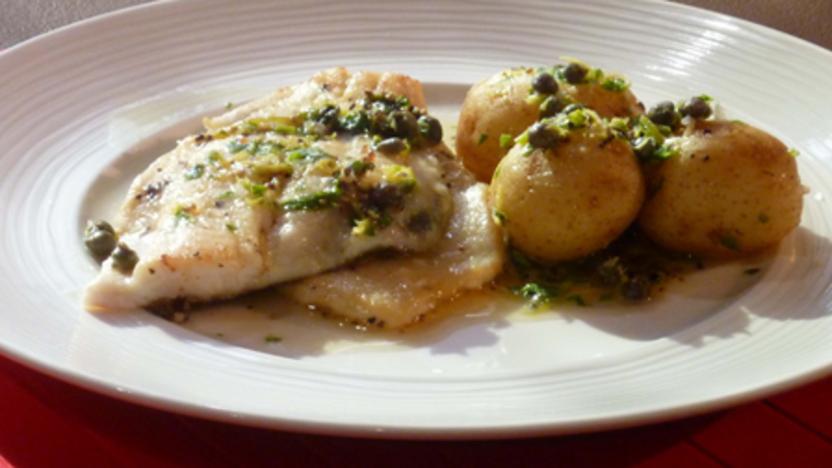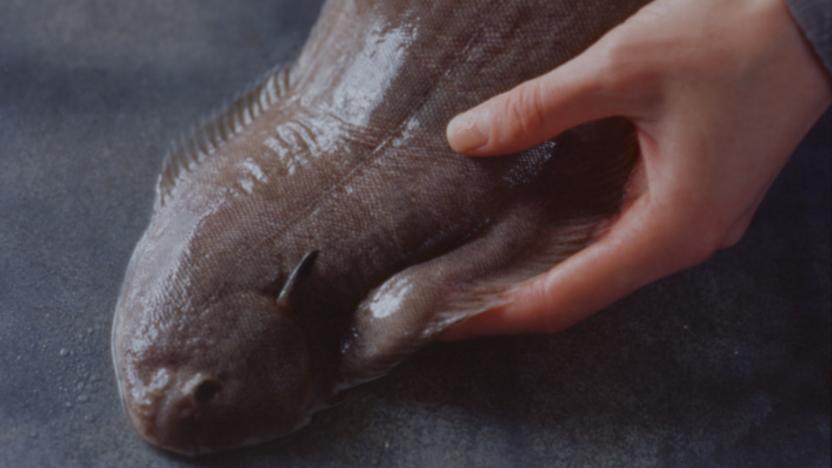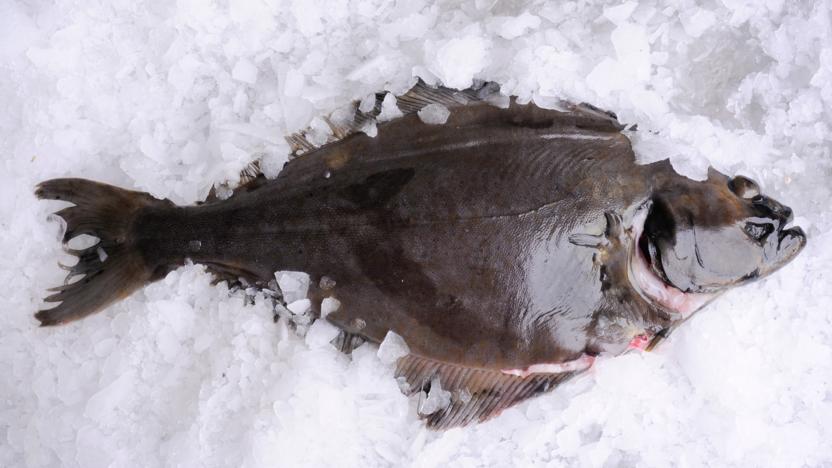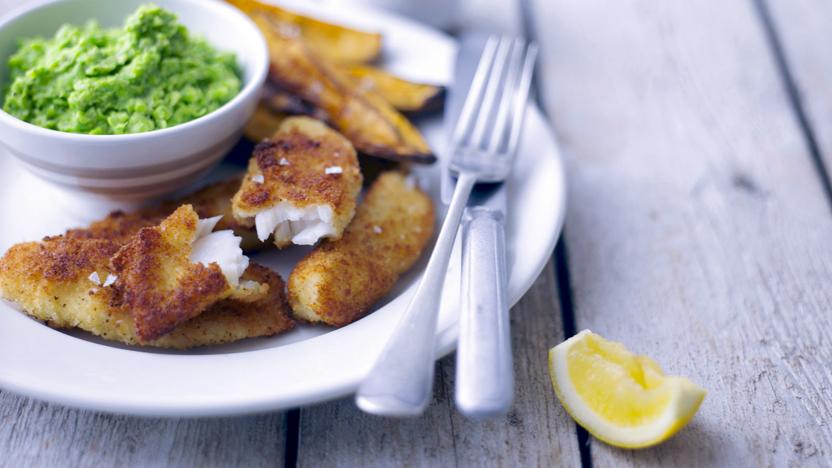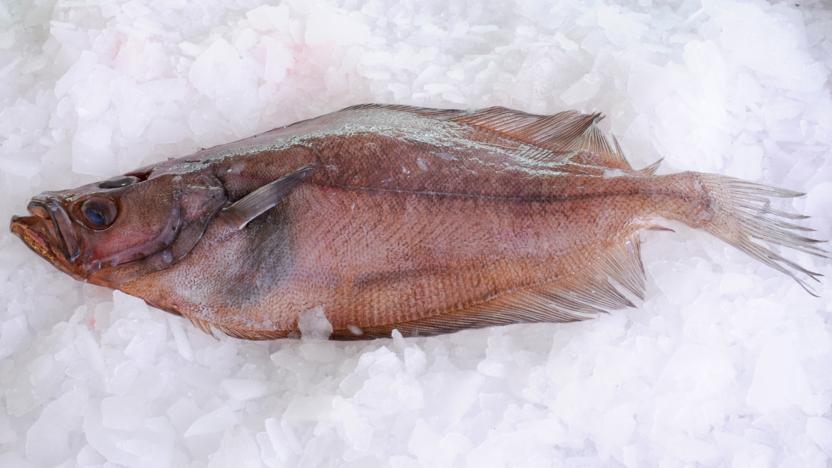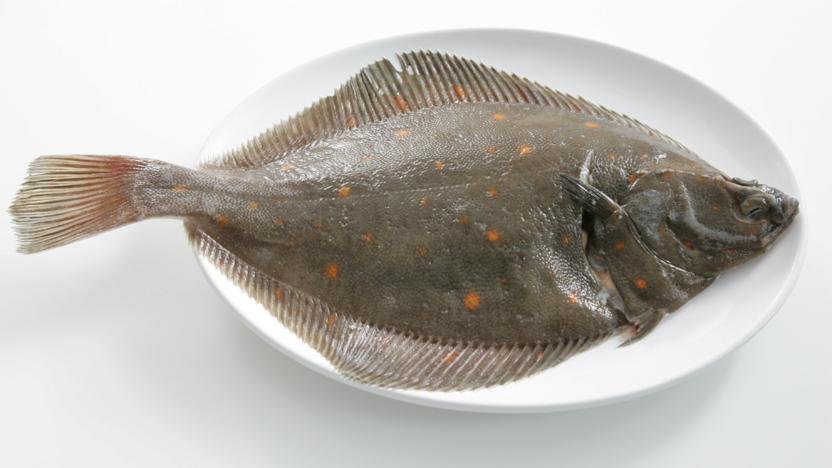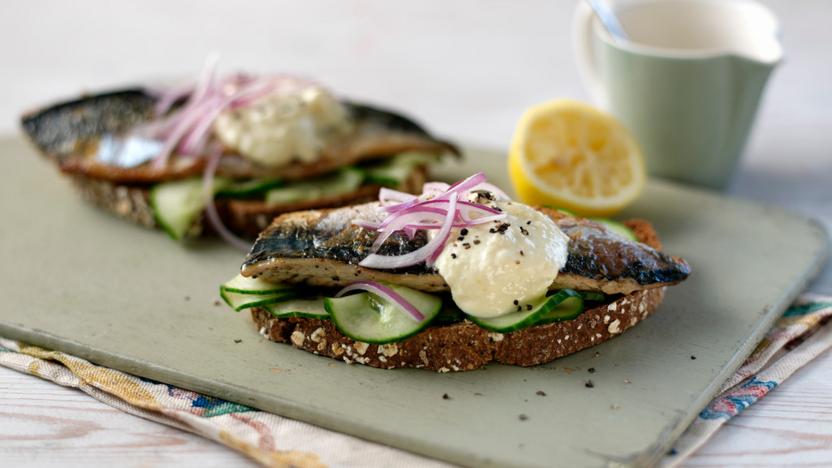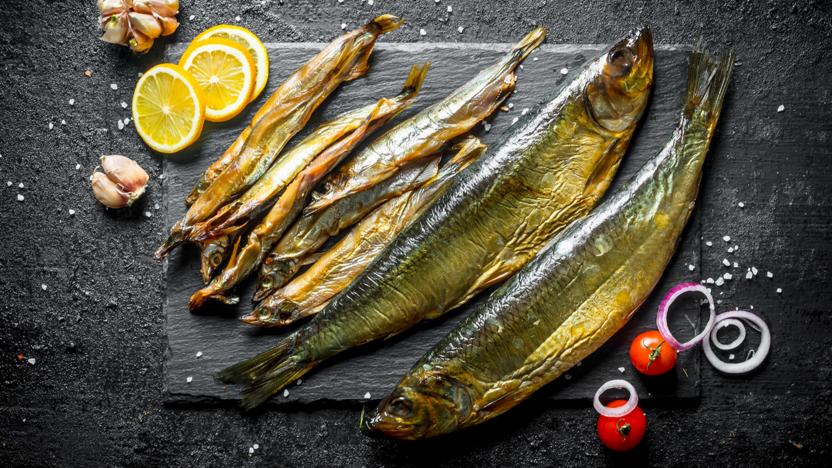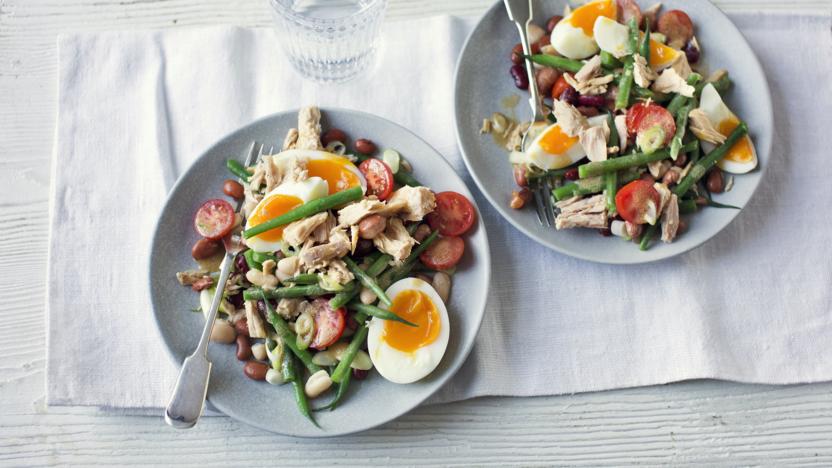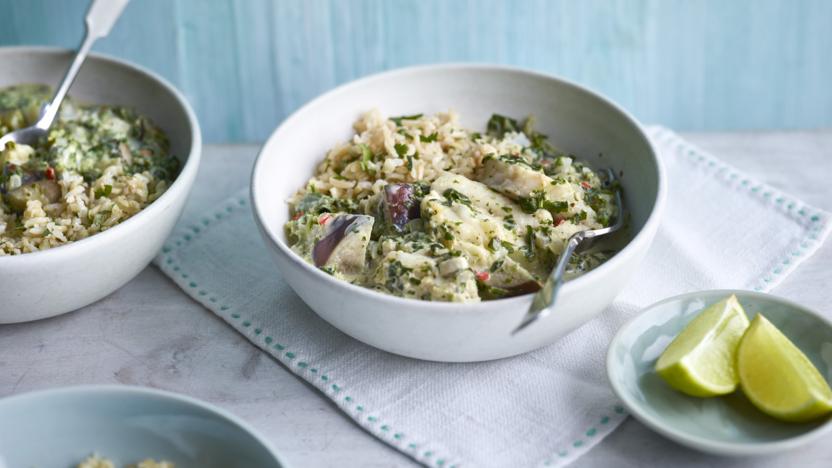Flatfish recipes
Flatfish are also classed as white fish because the main concentration of oils in flatfish species is found in the liver. They have lean, textured flesh, and each species has a unique flavour.
Flatfish are highly popular and include many species that are found globally. Members of the flatfish family include plaice, lemon sole, dab, flounder, Dover sole, halibut, turbot and brill. Skates and rays also come under the heading of flatfish, and they too have lean, white flesh. These fish are classified as cartilaginous, which means they have a soft frame make-up rather than bones. The most sustainable varieties of flatfish are dab and farmed Atlantic halibut.
Dab are a small flatfish with a delicate flavour. This recipe is a simple, summery way to enjoy them.
More flatfish recipes
Buyer's guide
The flesh of flatfish should be in a fairly rigid state or feel firm to the touch. Any sticky, gelatinous liquid on the fish should be clear and not congealing. As these fish lose their condition they will become soft and their covering becomes sticky and discoloured. It is widely considered that flatfish taste best once past the state of rigor mortis: the flavour improves after a short period in the fridge.
The majority of flatfish are caught in the wild, but the premium fish of high value, such as halibut and turbot, are successfully farmed. A very small proportion of Dover sole is also farmed. In the wild, flatfish have a dark upper side and pearlescent white underside, while the skin of farmed flatfish can vary in tone and colour. The white side can be mottled with dark markings too and the liquid covering on these fish can be discoloured.
Preparation
The flavours of individual flatfish match different cooking methods, but as a general rule grilling, pan-frying, baking and deep-frying all work well with these fish.
